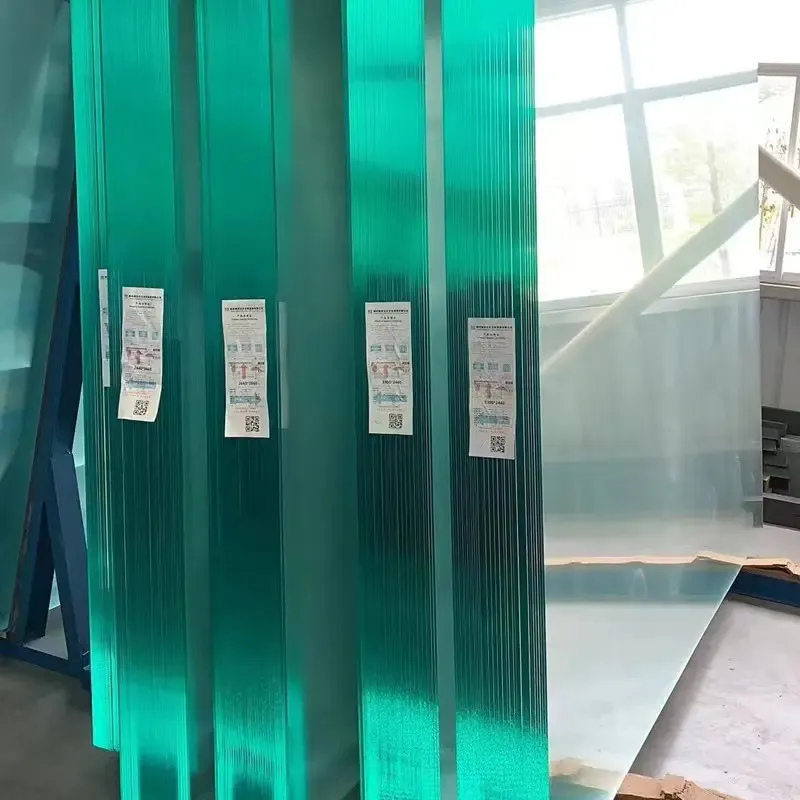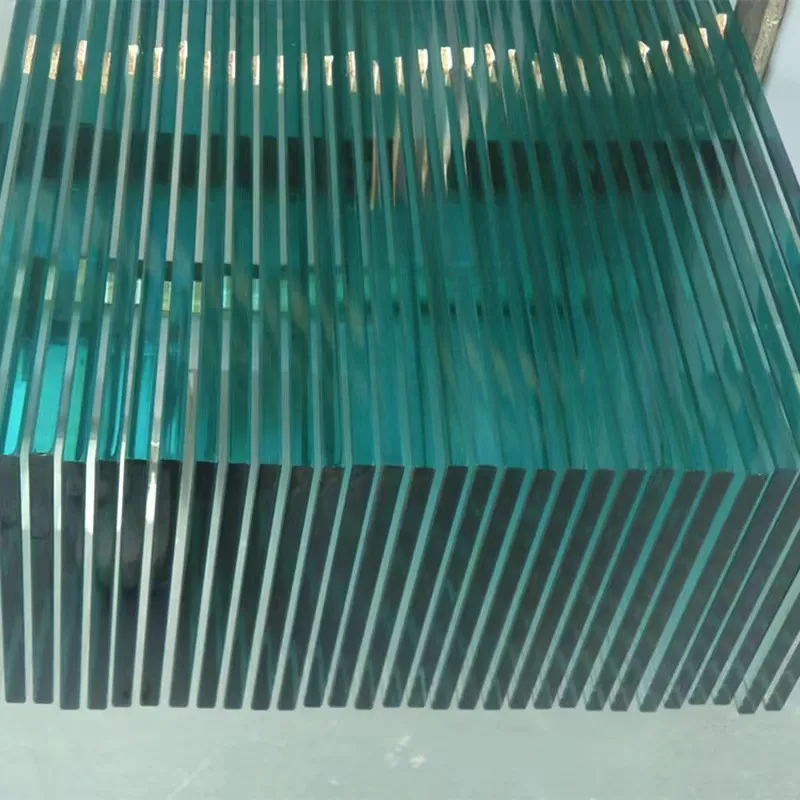- Introduction to Aluminum Floor Mirror and its Rising Popularity
- Technical Advantages of Aluminum Floor Mirrors
- Comparative Analysis: Aluminum vs. Other Floor Mirror Materials
- Industry-Leading Manufacturers and Product Comparison
- Tailored Solutions: Customization for Diverse Spaces
- Applications and Case Studies: Aluminum, Black Antique, and Round Floor Mirrors
- Conclusion: Why an Aluminum Floor Mirror Stands Out

(aluminum floor mirror)
Introduction to Aluminum Floor Mirror and Its Rising Popularity
The aluminum floor mirror
continues to surge in popularity as modern design sensibilities focus on merging functionality with refined aesthetics. Mirrors, once solely utilitarian, have become vital architectural elements in both residential and commercial interiors. Recent market analysis indicates that in 2023, floor mirror sales in North America increased by 18%, with aluminum-framed variants accounting for nearly 34% of total sales. This rise is attributed to their durability, lightweight composition, and adaptability to evolving trends such as minimalism and industrial-chic styles. The versatility in design, from black antique floor mirrors to the more audacious round floor mirror formats, attests to the growing usage in homes, retail spaces, hospitality venues, and offices.
Technical Advantages of Aluminum Floor Mirrors
Understanding the technical advantages behind the aluminum floor mirror is crucial for discerning buyers and designers. Aluminum's naturally occurring oxide film renders the material highly resistant to rust and corrosion, even in humid environments such as bathrooms and spas. In contrast to traditional wooden or steel frames, aluminum is up to 50% lighter by volume, allowing for easier transport, installation, and repositioning. The metal’s tensile strength ensures that even ultra-thin profiles provide robust support for large glass panels, enabling expansive, distortion-free reflections.
Additionally, aluminum lends itself to powder coating, anodizing, and intricate texturing processes better than most metals. A powder-coated black antique floor mirror achieves an elegant, vintage-inspired finish while remaining resistant to scratches and chips. Advanced manufacturing means that round, oval, or asymmetrical frames now achieve seamless curves with high load-bearing performance. In multi-family dwellings and commercial settings where safety standards are paramount, aluminum frames can incorporate shock-absorbing and shatter-resistant technologies, further increasing their market appeal.
Comparative Analysis: Aluminum vs. Other Floor Mirror Materials
Selecting the right frame material significantly impacts a mirror’s lifecycle, design potential, and safety. Below is a data-driven comparison highlighting the primary attributes of popular floor mirror frame materials.
| Feature |
Aluminum |
Wood |
Steel |
Plastic |
| Weight (kg, per 1.8m² mirror) |
8 |
15 |
19 |
7 |
| Corrosion Resistance |
Excellent |
Poor |
Good |
Excellent |
| Lifespan (years) |
15-30 |
8-15 |
12-25 |
5-10 |
| Max. Panel Size (m) |
2.5 |
2.0 |
2.3 |
1.8 |
| Customization Capability |
High |
Medium |
Low |
Medium |
| Environmental Impact |
Recyclable |
Biodegradable |
Recyclable |
Non-Recyclable |
| Price Index (1=Baseline) |
1.18 |
1.00 |
1.12 |
0.81 |
This table clearly demonstrates that aluminum strikes a balance between longevity, lightness, and value, making it a preferable choice for high-use environments and premium decors. The ability to accommodate larger mirror sizes also supports contemporary open-plan layouts where visual amplification is desired.
Industry-Leading Manufacturers and Product Comparison
Industry players from Italy, Germany, and the United States dominate the premium segment for floor mirrors. Renowned brands are investing heavily in R&D to increase durability, minimize environmental impact, and expand customization. Below is a comparative summary of top manufacturers offering aluminum floor mirror collections:
| Brand |
Flagship Model |
Frame Finish Options |
Warranty (years) |
Notable Features |
Price Range (USD) |
| Minotti |
Linea |
Brushed, Black, Champagne |
10 |
High grade anodized frame, anti-fog glass |
1700-2900 |
| Roche Bobois |
Vista Grande |
Matte Black, Rose Gold, Silver |
8 |
Curved aluminum, modular sizing |
1350-2500 |
| Crate & Barrel |
Alto |
Polished, Black Antique |
5 |
Impact-resistant edge, eco alloy |
599-1200 |
| IKEA |
NISSEDAL |
Black, White |
3 |
Lightweight, budget-friendly |
99-249 |
Notably, brands in the luxury segment focus on surface treatments, bespoke sizes, and enhanced safety glass suitable for public and hospitality applications. For black antique floor mirror seekers, reputable brands offer authentic finishes resistant to color fading and fingerprints, preserving an heirloom quality for years.
Tailored Solutions: Customization for Diverse Spaces
Modern living requires mirrors that go beyond standard dimensions and finishes. Customization is now a central offering in premium floor mirror production, particularly for architects and interior designers seeking unique focal points. With advancements in CNC machining and surface treatment, customers can request specific shapes such as elliptical, arched, or the contemporary round floor mirror for seamless integration within non-linear layouts.
Aluminum frames are highly responsive to powder pigments, supporting over 400 RAL colors to match any project palette. Laser etching and embossed ornamentation create unique textures along the frame’s edge, ideal for branding or creating thematic motifs in boutique hotels or flagship stores. Furthermore, the anodizing process can yield weathered, brushed, or satinized aluminum effects, including authentic “antique black” for those desiring a vintage European look with present-day engineering.
Acoustic insulation materials can also be integrated for use in high-traffic spaces. Smart technology such as integrated LED lighting or touch-activated dimming is increasingly featured, with nearly 38% of commercial project bids in 2023 requesting such enhancements. This level of adaptability ensures mirrors serve both practical and aspirational design goals.
Applications and Case Studies: Aluminum, Black Antique, and Round Floor Mirrors
The versatility of aluminum-framed floor mirrors extends across a spectrum of use cases. In private residences, minimalist aluminum floor mirror installations visually expand tight entryways and bathe interiors in natural light. In upscale living rooms, a black antique floor mirror imparts dramatic flair while balancing contemporary furniture with heritage undertones.
Case Study 1: Boutique Retail - Paris, France
A luxury apparel chain maximized vertical space by lining its main gallery with round floor mirrors framed in matte black anodized aluminum. This not only accentuated product displays, increasing average dwell time by 16%, but supported a modular approach where mirrors were repositioned for seasonal changes.
Case Study 2: Hospitality - New York City, USA
A five-star hotel revamped its atrium with arched aluminum mirrors finished in antique black, creating visual corridors that enhance the sense of space and elegance. The mirrors withstood 24/7 public use without signs of wear, validating claims of aluminum's superior resilience.
Case Study 3: Fitness Studio - Sydney, Australia
Here, a wall-length round floor mirror with a frosted aluminum frame helped optimize lighting for both yoga and Pilates, complementing the studio’s eco-minimalist approach. Energy audits noted a 9% reduction in lighting costs due to increased daylight reflection.
Conclusion: Why an Aluminum Floor Mirror Stands Out
In today's dynamic architectural landscape, the aluminum floor mirror represents an intersection of strength, artistry, and environmental responsibility. Its extended lifespan, versatility in finish, and capacity for innovation support both functional and creative ambitions. Comparative product performance data, diverse customization routes, and real-world success stories make it evident: choosing an aluminum frame elevates the ordinary to the memorable, ensuring mirrors are as impactful as the spaces they adorn. Whether as an understated accent or a commanding centerpiece—especially in sought-after formats such as the black antique or round floor mirror—aluminum-framed solutions consistently deliver superior value and design flexibility.

(aluminum floor mirror)
FAQS on aluminum floor mirror
Q: What makes an aluminum floor mirror different from traditional floor mirrors?
A: Aluminum floor mirrors feature lightweight, rust-resistant frames compared to traditional wood or steel mirrors. They offer a modern, sleek look and increased durability. Their minimalist design fits easily into various decor styles.
Q: Are black antique floor mirrors compatible with modern home decor?
A: Yes, black antique floor mirrors provide a striking contrast and can enhance contemporary interiors. Their vintage style adds a touch of elegance and sophistication. They're versatile enough for both classic and modern settings.
Q: What are the benefits of choosing a round floor mirror?
A: Round floor mirrors create a softer, more inviting visual appeal than rectangular mirrors. They are perfect for making small rooms feel larger. Additionally, they complement a wide range of interior aesthetics.
Q: How do I clean and maintain an aluminum floor mirror?
A: Clean the glass regularly with a non-abrasive glass cleaner and a soft cloth. Wipe the aluminum frame with a damp cloth to prevent dust and fingerprints. Avoid harsh chemicals that may damage the mirror's finish.
Q: Can aluminum floor mirrors be used in humid environments like bathrooms?
A: Yes, aluminum floor mirrors are ideal for humid areas because their frames resist rust and corrosion. This ensures their longevity and appearance remain intact in moisture-prone spaces. Always ensure proper ventilation for best results.
 Afrikaans
Afrikaans  Albanian
Albanian  Amharic
Amharic  Arabic
Arabic  Armenian
Armenian  Azerbaijani
Azerbaijani  Basque
Basque  Belarusian
Belarusian  Bengali
Bengali  Bosnian
Bosnian  Bulgarian
Bulgarian  Catalan
Catalan  Cebuano
Cebuano  Corsican
Corsican  Croatian
Croatian  Czech
Czech  Danish
Danish  Dutch
Dutch  English
English  Esperanto
Esperanto  Estonian
Estonian  Finnish
Finnish  French
French  Frisian
Frisian  Galician
Galician  Georgian
Georgian  German
German  Greek
Greek  Gujarati
Gujarati  Haitian Creole
Haitian Creole  hausa
hausa  hawaiian
hawaiian  Hebrew
Hebrew  Hindi
Hindi  Miao
Miao  Hungarian
Hungarian  Icelandic
Icelandic  igbo
igbo  Indonesian
Indonesian  irish
irish  Italian
Italian  Japanese
Japanese  Javanese
Javanese  Kannada
Kannada  kazakh
kazakh  Khmer
Khmer  Rwandese
Rwandese  Korean
Korean  Kurdish
Kurdish  Kyrgyz
Kyrgyz  Lao
Lao  Latin
Latin  Latvian
Latvian  Lithuanian
Lithuanian  Luxembourgish
Luxembourgish  Macedonian
Macedonian  Malgashi
Malgashi  Malay
Malay  Malayalam
Malayalam  Maltese
Maltese  Maori
Maori  Marathi
Marathi  Mongolian
Mongolian  Myanmar
Myanmar  Nepali
Nepali  Norwegian
Norwegian  Norwegian
Norwegian  Occitan
Occitan  Pashto
Pashto  Persian
Persian  Polish
Polish  Portuguese
Portuguese  Punjabi
Punjabi  Romanian
Romanian  Russian
Russian  Samoan
Samoan  Scottish Gaelic
Scottish Gaelic  Serbian
Serbian  Sesotho
Sesotho  Shona
Shona  Sindhi
Sindhi  Sinhala
Sinhala  Slovak
Slovak  Slovenian
Slovenian  Somali
Somali  Spanish
Spanish  Sundanese
Sundanese  Swahili
Swahili  Swedish
Swedish  Tagalog
Tagalog  Tajik
Tajik  Tamil
Tamil  Tatar
Tatar  Telugu
Telugu  Thai
Thai  Turkish
Turkish  Turkmen
Turkmen  Ukrainian
Ukrainian  Urdu
Urdu  Uighur
Uighur  Uzbek
Uzbek  Vietnamese
Vietnamese  Welsh
Welsh  Bantu
Bantu  Yiddish
Yiddish  Yoruba
Yoruba  Zulu
Zulu 


